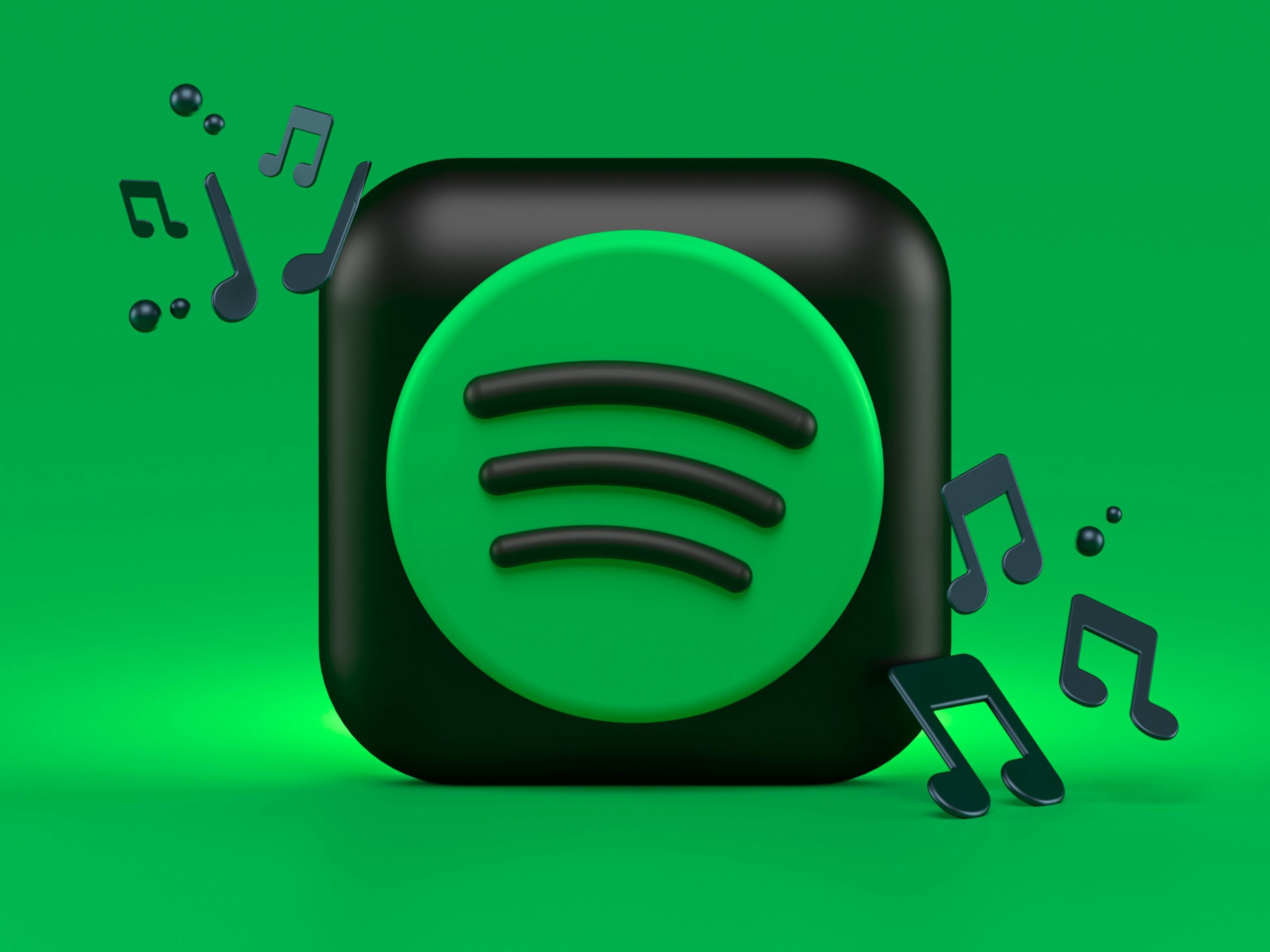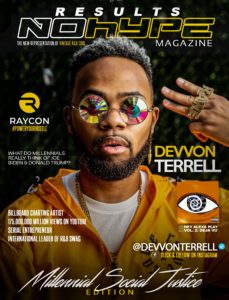Photo by Alexander Shatov on Unsplash
In a perplexing turn of events, the music streaming behemoth Spotify recently raised the prices of its Premium Individual and Premium Family subscription plans. This move, which saw a $1 increase for the Individual plan and a $3 hike for the Family plan, was met with considerable backlash from users who felt blindsided by the sudden price surge.
However, the real point of contention arose when Spotify bundled its audiobook service with these premium plans, a feature that many subscribers deemed unnecessary and unwanted. This decision was particularly contentious because it allowed Spotify to classify its offerings as a bundled service, thereby qualifying for lower royalty rates payable to artists and music publishers.
According to industry estimates, this strategic maneuver could potentially result in a staggering $150 million reduction in royalty payments to musicians, a prospect that understandably ruffled feathers within the creative community.
Spotify’s Unexpected Reversal: Introducing the Basic Individual Plan
In a surprising turn of events, Spotify has now announced the introduction of a new Basic Individual plan, effectively reversing its controversial decision to bundle audiobooks with premium subscriptions. This new plan, priced at $1 lower than the Premium Individual plan, offers users the core music streaming experience without the added audiobook feature.
By unbundling audiobooks from its premium offerings, Spotify has effectively addressed two critical concerns: firstly, it has alleviated the frustration of users who felt compelled to pay for a service they had no intention of using; secondly, it has potentially mitigated the risk of reduced royalty payments to artists and music publishers.
A Win-Win Scenario for Users and Artists?
This strategic move by Spotify appears to be a calculated effort to appease both its user base and the creative community. By offering a more affordable option for music streaming without the audiobook component, Spotify has effectively acknowledged the concerns of subscribers who felt shortchanged by the previous pricing structure.
Moreover, by separating audiobooks from its core music streaming service, Spotify has potentially averted a substantial reduction in royalty payments to artists and music publishers. This decision could be viewed as a olive branch extended to the creative community, acknowledging their legitimate concerns over fair compensation for their work.
Spotify’s Evolving Business Strategy: Adapting to Market Demands
Spotify’s recent actions underscore the company’s willingness to adapt its business strategy in response to market demands and user feedback. By introducing the Basic Individual plan, Spotify has demonstrated its ability to course-correct and address the concerns of its stakeholders, be they subscribers or content creators.
This agility and responsiveness could prove to be a significant competitive advantage for Spotify in the highly saturated and fiercely competitive music streaming market. By actively listening to its user base and addressing their pain points, Spotify has the potential to foster greater brand loyalty and customer retention.
The Balancing Act: Satisfying Users and Artists Simultaneously
While Spotify’s latest move appears to be a positive step towards reconciling the interests of its users and the creative community, the company must tread carefully to maintain this delicate balance. As a platform that relies heavily on both its subscriber base and the content provided by artists, Spotify must continually strive to satisfy the needs and expectations of both parties.
One potential challenge lies in the realm of pricing and revenue generation. While the introduction of the Basic Individual plan may appease users seeking a more affordable option, Spotify must ensure that its revenue streams remain robust enough to sustain its operations and fairly compensate artists for their work.
Exploring Alternative Revenue Streams: Advertising and Partnerships
To address this challenge, Spotify may need to explore alternative revenue streams beyond subscription fees. One potential avenue could be the strategic integration of advertising within its platform, a model that has proven successful for many digital content providers.
Additionally, Spotify could pursue strategic partnerships and collaborations with various industries, such as fitness, gaming, or even the automotive sector. By leveraging its vast user base and data insights, Spotify could potentially unlock new revenue opportunities while enhancing the overall user experience.
The Audiobook Conundrum: A Separate Service or Integration?
While Spotify’s decision to unbundle audiobooks from its premium subscriptions has addressed immediate concerns, the company must carefully consider its long-term strategy for this segment. Audiobooks represent a rapidly growing market, and Spotify’s foray into this domain could potentially open up new revenue streams and expand its user base.
One approach could be to offer audiobooks as a separate, standalone service, allowing users to subscribe specifically to this offering without being tied to the music streaming plans. Alternatively, Spotify could explore innovative ways to integrate audiobooks seamlessly into its existing platform, perhaps through curated playlists or personalized recommendations.
Exploring Global Expansion: Tailoring Strategies for International Markets
As Spotify continues to expand its global footprint, it must also consider the nuances and preferences of diverse international markets. While the Basic Individual plan may resonate with users in certain regions, other markets may have different pricing sensitivities and content preferences.
To effectively cater to these varying demands, Spotify may need to tailor its pricing strategies, content offerings, and marketing approaches to align with the unique cultural and economic landscapes of each region. This could involve forging strategic partnerships with local content providers, leveraging localized marketing campaigns, and potentially offering region-specific subscription tiers or bundled offerings.
The Role of Data Analytics: Driving Personalization and Targeted Offerings
In today’s data-driven landscape, Spotify’s ability to leverage its vast trove of user data could prove to be a significant competitive advantage. By harnessing the power of advanced analytics and machine learning algorithms, Spotify can gain deep insights into user preferences, listening habits, and content consumption patterns.
Armed with these insights, Spotify can deliver highly personalized content recommendations, curated playlists, and targeted promotional offers, enhancing the overall user experience and driving engagement. Additionally, this data-driven approach could inform Spotify’s content acquisition strategies, allowing the company to invest in the genres, artists, and content formats that resonate most with its user base.
Embracing Innovation: Exploring Emerging Technologies and Trends
In the rapidly evolving digital landscape, Spotify must remain at the forefront of innovation, continuously exploring emerging technologies and trends that could shape the future of music streaming and content consumption.
This could involve leveraging technologies such as augmented reality (AR) or virtual reality (VR) to create immersive music experiences, or exploring the integration of voice-enabled assistants for seamless music discovery and playback. Additionally, Spotify could investigate the potential of blockchain technology to revolutionize the way artists are compensated for their work, fostering greater transparency and fairness in the music industry.
Fostering a Collaborative Ecosystem: Empowering Artists and Content Creators
Ultimately, Spotify’s success is inextricably linked to the success of the artists and content creators whose work forms the foundation of its platform. To foster a thriving and sustainable ecosystem, Spotify must actively engage with and empower these creative individuals.
This could involve initiatives such as providing artists with robust analytics and insights into their audience engagement, facilitating direct fan-artist interactions, or offering educational resources and tools to help artists navigate the complexities of the music industry. By positioning itself as a true partner to the creative community, Spotify can cultivate a collaborative and mutually beneficial relationship, driving innovation and fostering a vibrant music culture.
Conclusion: Navigating the Future of Music Streaming
Spotify’s recent moves underscore the company’s commitment to adapting to the evolving needs and preferences of its users and content creators. By introducing the Basic Individual plan and addressing concerns over audiobook bundling, Spotify has demonstrated its willingness to listen and respond to feedback.
However, this is merely the beginning of a longer journey. As the music streaming landscape continues to evolve, Spotify must remain agile, innovative, and responsive to emerging trends and technologies. By fostering a collaborative ecosystem, embracing data-driven insights, and exploring alternative revenue streams, Spotify can navigate the challenges and opportunities that lie ahead, solidifying its position as a leading force in the music streaming industry.



